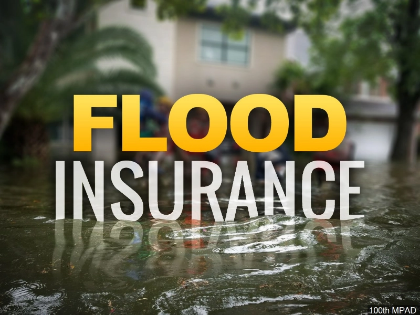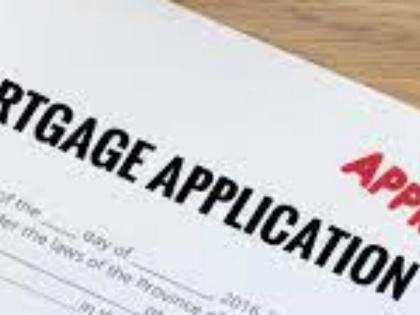Knowing Flood Insurance: Is It Really Necessary?
In the United States, flooding is one of the most expensive natural disasters. Property owners must be aware of flood insurance in order to protect themselves from the financial ruin that can result from flooding and to make educated decisions.
Your rates can be lowered by strengthening the foundation, creating flood openings, and raising the house to lessen the chance of flooding. In order to support any insurance claims, it's also critical to inventory personal property and record damage.
Price

Federal law mandates that you obtain flood insurance if your home is located in a high-risk location. Prior to a house closing or a refinance, it can also be required by your mortgage lender.
The NFIP provides ordinary plans with up to $250,000 in building damage and $100,000 in contents coverage for homeowners, renters, and businesses. There is a deductible on the policies.
Based on the size, value, and anticipated amount of flooding in your house, the NFIP has a calculator that estimates the cost of flood damages in your location. To determine how much coverage you require, it's a good idea to use that tool along with other web resources.
You can obtain additional flood insurance from private insurers if the NFIP's maximum limits are insufficient for your requirements. These insurances don't have the same federally subsidized rates as the NFIP, but they do have higher maximums and typically lower premiums. You can manage the alternatives and prices with the assistance of a certified independent agency.
Reportage
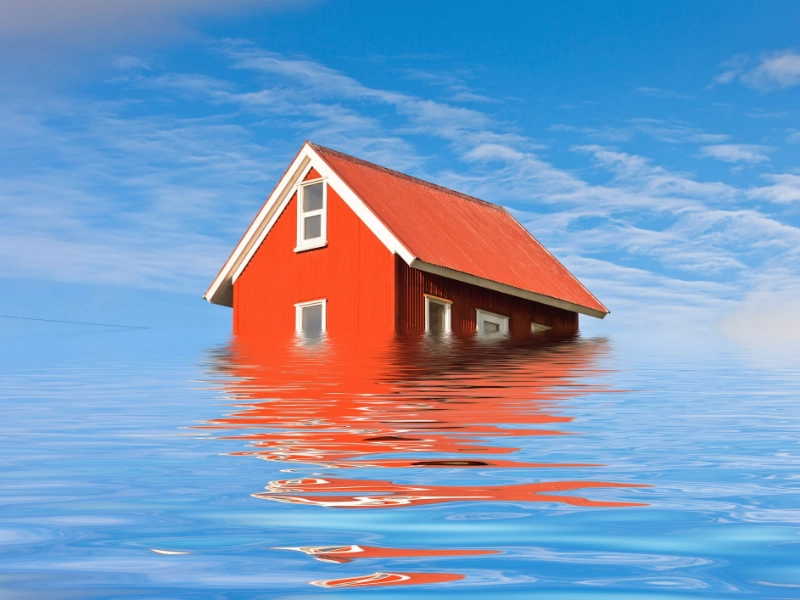
Policies for renters, homeowners, and condos typically do not cover flood damage. A flood policy can be something to think about if you reside in a high-risk location or close to a river or other body of water.
If flooding destroys or damages your possessions, flood coverage will cover the costs of replacement and repair. It includes furniture and appliances, as well as drywall and flooring. A regular National Flood Insurance Program (NFIP) policy from the government covers building property up to $250,000 and contents up to $100,000.
An NFIP, or private flood coverage, can be added to your current vehicle, homeowner's, or other insurance. When buying flood insurance, make sure you thoroughly read the deductibles and limits. Determining the worth of your house and making a thorough inventory of your possessions are the first steps in determining the amount of coverage you require. In this case, your insurance agent can assist you. Additionally, some states allow you to open unique "catastrophe savings accounts" where you can deposit funds expressly for disaster assistance.
Allowances for deductions
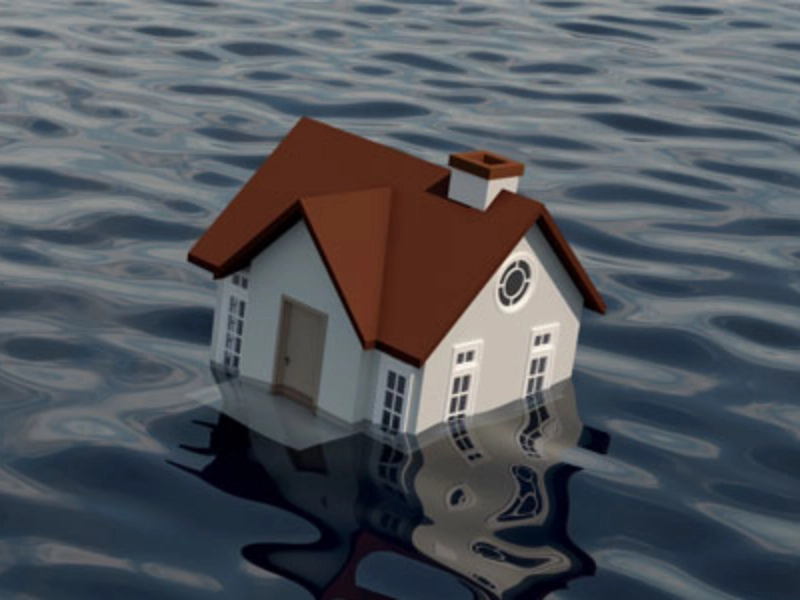
Building and contents coverage have different deductibles for the majority of flood plans supported by the NFIP. The insurance agent for a customer can assist them in comprehending the possibilities for deductibles and coverage amounts that are accessible for their particular property.
Homes may be located within a Coastal Barrier Resources System (CBRS) or Special Flood Hazard Area (SFHA) based on their existing location. The National Flood Insurance Program can be contacted by an insurance agent on behalf of a client to learn about their alternatives for coverage and the amount of risk they face.
Similar to homeowners' or auto insurance, a client's premium is influenced by the deductible they select. For instance, a policyholder can lower their premium by choosing a higher deductible. If they make a claim, though, they will have to pay more of the expenses. A customer should carefully weigh this trade-off before deciding on the amount of the deductible. According to our data, households that have recently experienced flooding are more likely than those who have never experienced flooding to select the maximum deductible choice.
Not Included
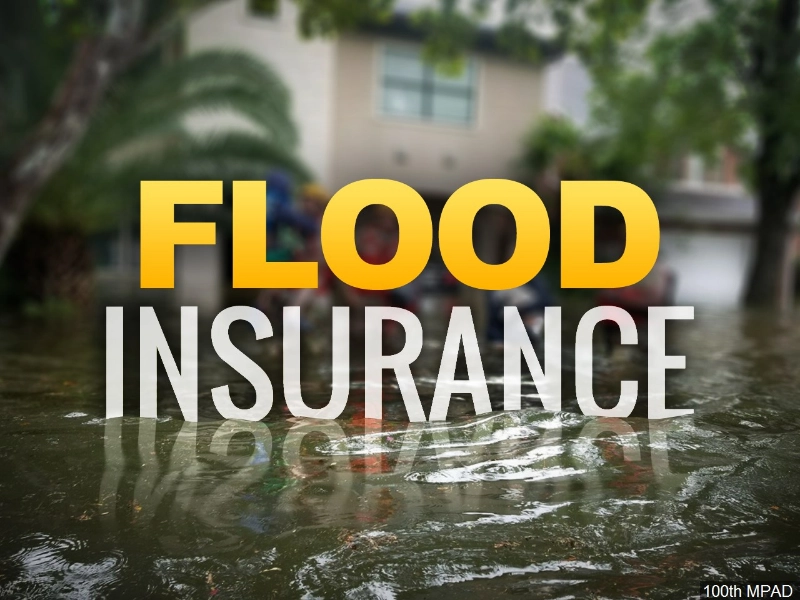
Homeowners should carefully go over their insurance policies, being especially aware of the exclusions and restrictions on coverage. They should evaluate their risk and decide if getting more endorsements would be advantageous. Purchasing flood insurance is ultimately a personal choice. You can determine whether it is worth the expense by evaluating your risk, as certain mortgage firms need it.
Flooding damage is not often covered by regular property insurance, despite popular belief to the contrary. Indeed, the majority of homeowner policies do not cover flood damage. Thankfully, flood damage is covered under the federally sponsored National Flood Insurance Program (NFIP), and knowing what is covered will help you decide whether to buy this kind of insurance or not.
Both building and contents coverage are offered by the NFIP. The former safeguards a building's walls, foundation, and roof, while the latter focuses on protecting household possessions. Solar energy equipment, cisterns, fuel tanks, autos, and other vehicles are normally not covered, nor are exterior features like decks, swimming pools, and landscaping.





